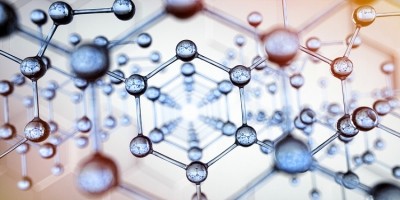Applications of nanotech may provide bioavailability

At Interphex next week, members of Ascendia, a contract development and manufacturing organization (CDMO), will present a talk on the applications of nanotechnologies for drug development.
The CDMO specializes in the manufacture and development of drugs for preclinical, and early phase human studies, using nanotechnologies, like nano-emulsion and nano-particle engineering, to produce the most effective method of drug delivery for poorly water-soluble models.
Bioavailability, in particular, is one component of drug development that Ascendia believes can benefit from the innovations and applications of nanotechnologies.
Jim Huang, founder and CEO of Ascendia, told us that nanotechnologies can be used to enhance compound solubility, dissolution rate, and “to a certain degree, permeability to the gastrointestinal (GI) tract membrane.” With these enhancements, a drug that may not be water-soluble can be developed into a more bio-accessible drug.
Compounds with low solubility, stability, short half-life or low bioavailability can benefit the most from the applications of nanotech.
According to Huang, CDMOs can use nanotechnologies to improve a drug’s chance of clinical success by enhancing its bioavailability in animal and human testing.
He also stated that nanotechnologies may be able to reduce development timelines and speed up the introduction of patent opportunities.

















